As well as CB Radio, the UK Government allows another type of licence free personal radio, on a much higher frequency (446MHz) known as ‘PMR446’. Up at 446MHz, the wave length is much smaller than on the CB radio band (around 67cm) and antennas are therefore smaller. A quarter wave at 446Mhz is around 16cm. This makes the band even more accessible.
The PMR446 band is channelised and, strictly speaking, only very low powered handheld radios are allowed. Further digital channels are also allocated (not covered in this brief guide). PMR446 is intended for very local contacts only and is often used by children who like to play with a ‘walkie talkie’. It is, however, an interesting hobby radio band for local communications and, if you’re careful about the rules and understand the limits, great for experimentation.
What are the options?
As with 27MHz CB there are lots of radios that will operate on the PMR446 band. Unlike CB, however, most of the radios used on PMMR446 are handheld.
A PMR446 Handheld
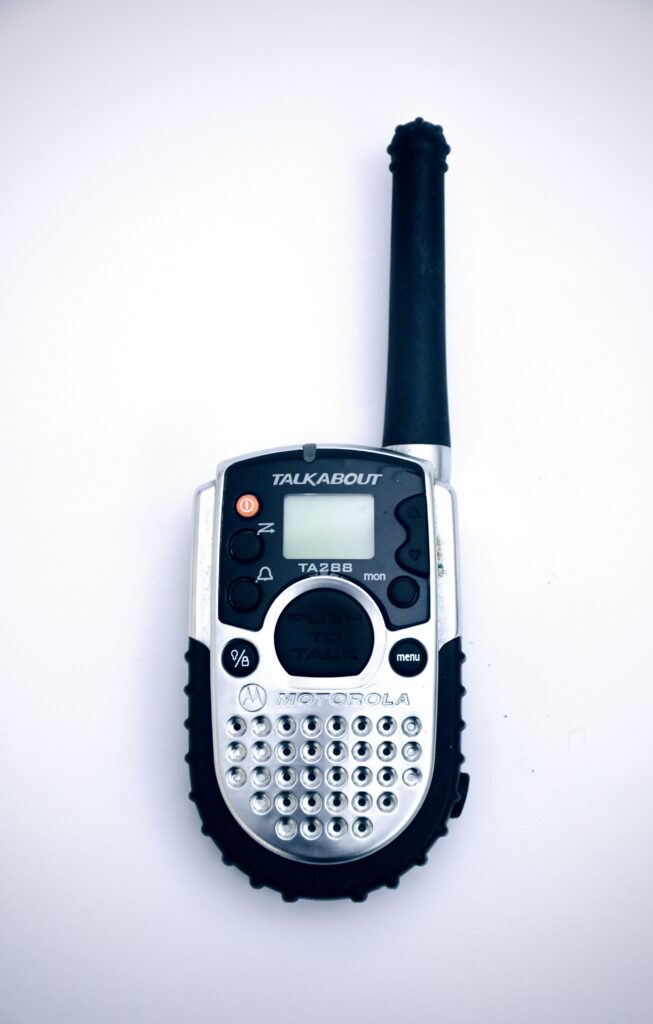
These operate on the PMR446 band ONLY, with just 500mW of power. Their main plus point is that they are very cheap – typically costing £10-20, with even cheaper radios available in multi-packs. However, it is not usually possible to attach a better antenna, which limits their potential. Range will be a mile or two at best but they’re great for very local communications.
A Multiband Handheld
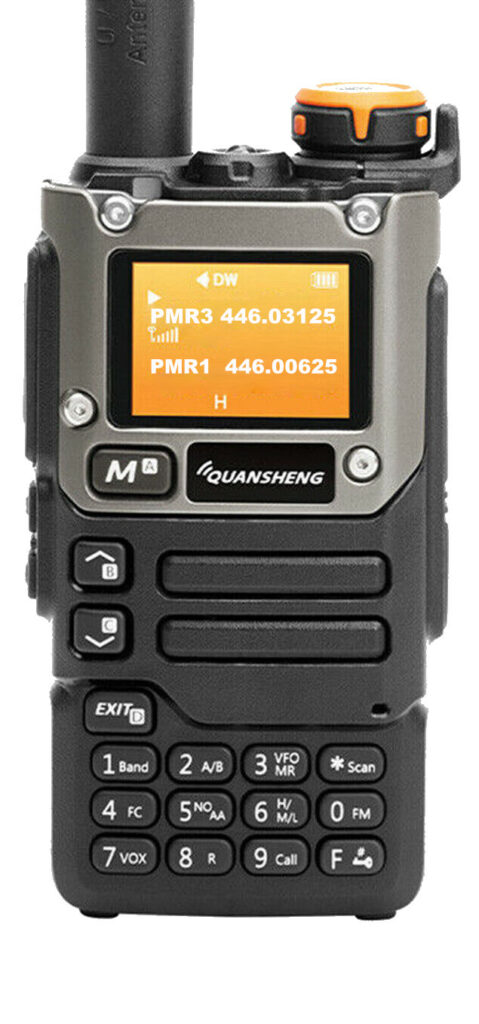
In recent years, there has been an explosion of imported, cheap, multi-band handheld radios from China which will usually cover the PMR446 band. We particularly like the Quansheng UV-K5(8) (pictured), often available for around £20-30 or less, if you shop around.
One of the strong points of this kind of radio is that they have detachable antennas and therefore sockets that allow connection to external antennas. This makes them a much more versatile option.
However, their use on the PMR band is not strictly legal in the UK (because, among other things they are capable of more power – usually around 4w).
Some models may also not have great filtering outside the two amateur bands for which most were principally designed. This can mean that they cause interference to other users. Consequently, we’d advise some caution before you purchase and use these radios. Do your research and take any necessary advice
Be aware too that this radios also cover at least the 2m and 70cm amateur bands and will transmit across a very wide spectrum. Unless you have an amateur radio or other licence it is an offence to transmit on these bands and may get you into a heap of trouble if you do.
So ask for advice if you are at all uncertain and always behave responsibly and respectfully to other users when you use any radio
Other radios that will cover 446MHz
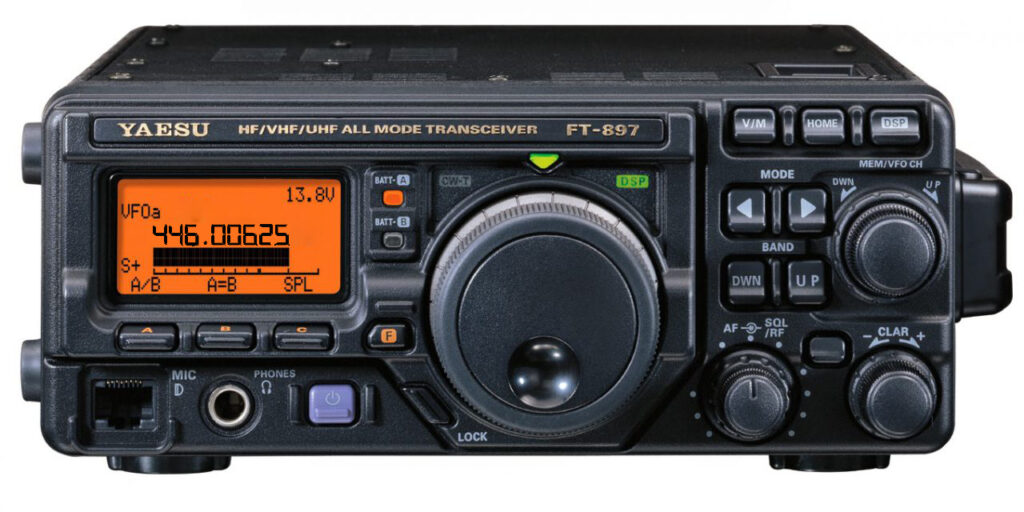 Many radios designed for the amateur radio bands will also cover PMR446. Additionally, there are commercial radios that may have been converted to operate on the band.
Many radios designed for the amateur radio bands will also cover PMR446. Additionally, there are commercial radios that may have been converted to operate on the band.
As with multi-band handheld radios it will not be strictly legal to use these on the PMR446. Running very high power on the band (some of these radios will be capable of 50-100w) may also cause interference and nuisance to other users. So if you are going to use one of these radios, you should keep the power to the absolute minimum necessary to make your desired contact.
Obviously, while we want to see radio being used by enthusiasts as widely as possible and encourage experimentation, for legal reasons please note that Heckington and District Radio Group cannot condone and does not advocate the unlawful use of radio equipment on the PMR446 or any other band.
Before you turn up the power, make sure your station is as efficient as it possibly can be. Remember, if your antenna is poor or out of tune, turning up the power won’t make it better, risks damaging your radio and causing a nuisance to other radio users and, potentially, the wider public.
Ultimately, if you find that CB and PMR radio doesn’t permit you to do what want to do, then rather than operating further outside of the law, perhaps it is time to study for and obtain your Amateur Radio licence. There is a whole world of radio out there, which you can be a part of perfectly legally if you obatin your licence. Watch this space for our simple guide to Amateur Radio, coming soon!
What about antennas?
Most of the activity and equipment on the PMR446 band relies on the use of handheld radios. These usually come with ‘rubber duck’ style antennas which may or may not be removable. If they they are, then the options include: –
A better quality handheld antenna
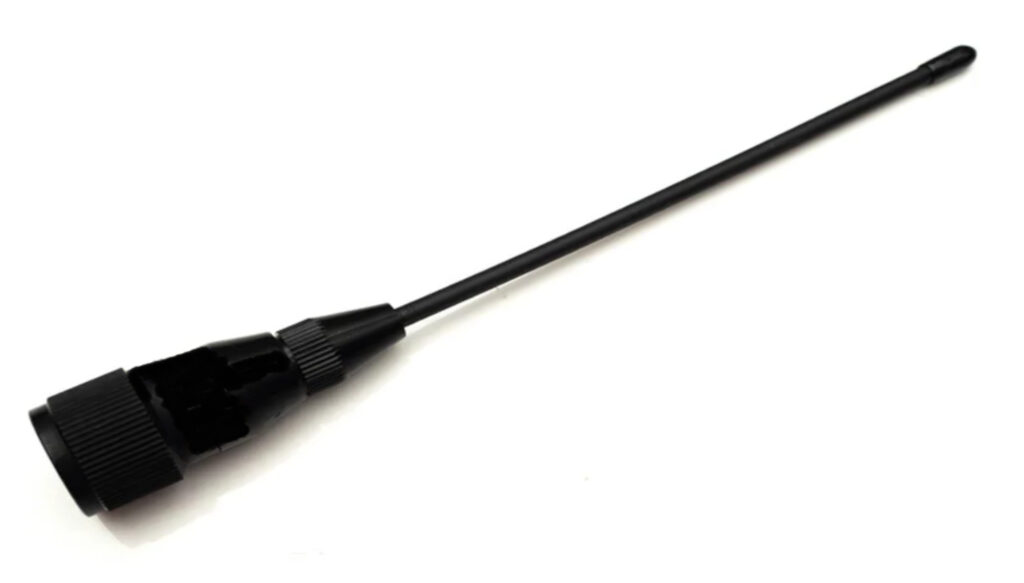
Some of the antennas supplied with radios are better than others. If you think yours could be improved, then there are any number of different antennas on the market for between £5 and £30.
External antennas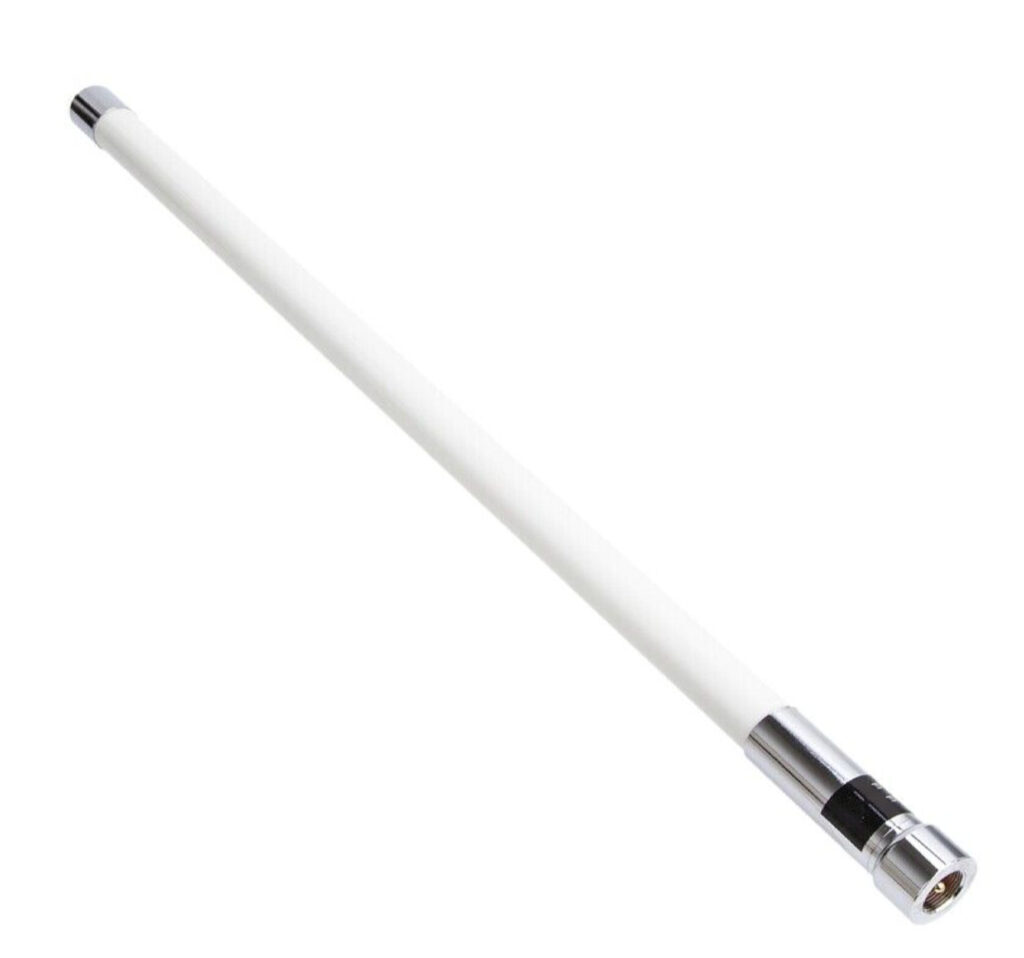
Much better results can generally be obtained with external antennas, especially if they are mounted higher up on a pole or above the roof of your house. Typically range can be extended from a mile or two, to ten plus miles, perhaps considerably more.
Yagis and others
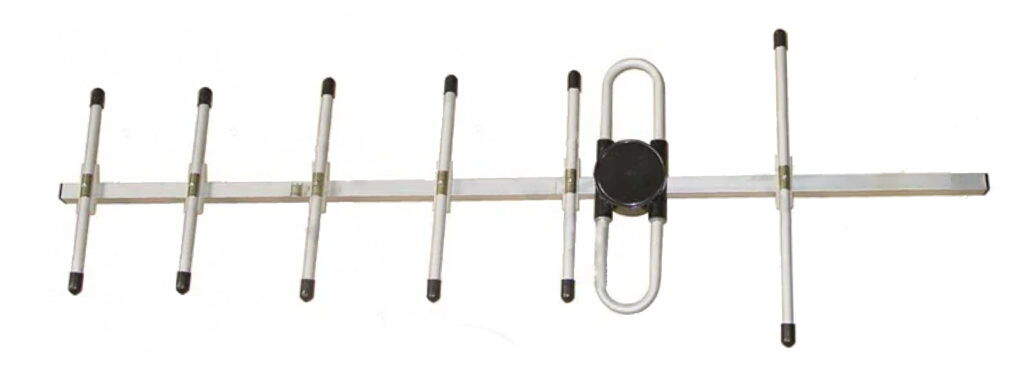 Better results still can be obtained with directional, Yagi antennas and it is also entirely possible to build your own dipoles and other antennas. That is one of the joys of UHF bands – even high gain antennas are relatively small!
Better results still can be obtained with directional, Yagi antennas and it is also entirely possible to build your own dipoles and other antennas. That is one of the joys of UHF bands – even high gain antennas are relatively small!
Please be aware that “You may be committing an offence if you operate equipment, including equipment that meets the requirements of the Radio Equipment Directive (Directive 2014/53/EU), within 446.0 to 446.2 MHz that does not meet the PMR446 licence-exempt operation requirements.” (Ofcom).
For legal reasons Heckington and District Radio Group does need to make it clear that we do not condone or advocate the unlawful use of radio equipment on the PMR446 or any other band.
